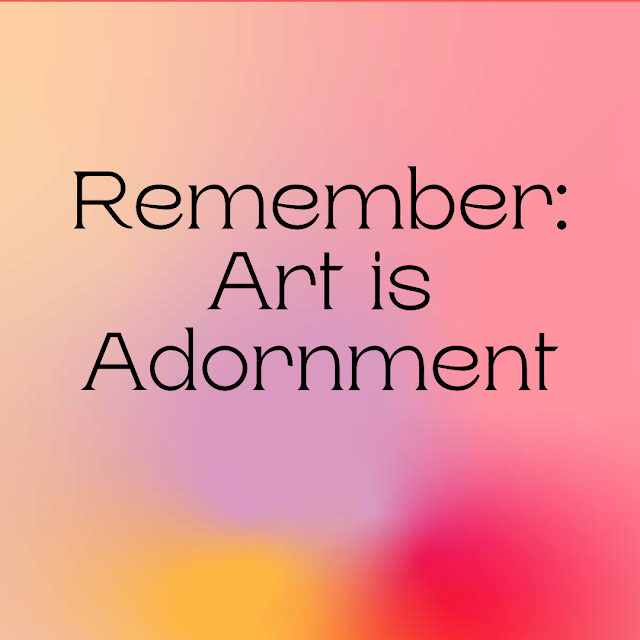The Church announced that many of the features we've come to love in pioneer-era temples are going to be removed. For the Salt Lake Temple and the Manti Temple this includes the live endowment and the murals.
These murals were painted for the temples and entirely for temple purposes. They wouldn't have as much meaning if they were moved to some other structure, for example.
As soon as I heard the announcement and read the news articles surrounding it, I knew there would be push back.
Some of the criticism involves cultural violence and other predictable complaints.
I see this as nonsense. See Mormon 8:37:
For behold, ye do love money, and your substance, and your fine apparel, and the adorning of your churches, more than ye love the poor and the needy, the sick and the afflicted.
These murals are stunning and monuments to the faith of those who created them. However, the murals are adornments. They are not the purpose of the temples. They are not the purpose that temples exist.
Temples are not primarily for the aesthetic enjoyment of the living participants.
Temples exist to do the important work of eternity, including ordinances for those who are already dead.
Decisions should be made on the basis of whether murals still serve the important purposes of the temples. I suspect they were. And, they are now going away.
We shouldn't lose sight of who temples exist for and why temples exist.
I suspect people on the other side of the veil are cheering that their ordinances may now be able to be completed faster.
I don't think Jesus Christ would approve a delay in his monumental work of eternity in order to preserve art work however lovingly created or appreciated through the years.
Seeing these murals in both the Salt Lake temple and the Manti temple was a lovely experience for me. However, I also thought it was getting a bit shabby.
It's time for a change, a change that will bring more efficiency and effectiveness to the work which after all is the whole idea anyway.
Continue reading at the original source →




